7 Crops To Grow For Food Storage
I’m going to share my thoughts on 7 crops to grow for food storage today. I’ve had a garden my entire life. There is nothing better than the first red tomato you pick. They taste better than store-bought because they are non-GMO tomatoes fresh out of the garden. These all can be used for food storage, and if you just dehydrate them or go the next step to make powder, you’ll have great choices for long-term storage.
My tomatoes are juicy and sweet, need I say more? Now, with the price of groceries going up every single month, I encourage you to start a garden if you’ve never had one or to expand your current garden, if possible. If you’re unable to garden the way you’d like because of space, I get it. Hopefully, you have some space on a deck, patio, or side yard to put plants in pots.
Make a plan to find a Farmer’s Market in late summer and no later than early fall in your neighborhood to help supplement what you grow yourself. If you have access to a community garden, go for it. If you can only grow herbs, that’s awesome as well. This post may get you excited about growing more of your own food, which is my goal as I update this post. This is where I buy my seeds: SeedsNow
The tomato cages you see in the picture are some I purchased from Ace Hardware. They last for years. I’ve had some for 15 years or more, they’re awesome. I don’t see them on their website today. When available, they cost about $25.00 each. Yes, they’re expensive, but they’ll last my lifetime. I hope you can find some in your area since they’re so sturdy.
Garden Items You Need:
- Good Seeds: SeedsNow
- Good Gloves
- Good Soil: please check with your neighborhood garden shop or nursery for the soil type for your location so you can choose the right soil amendments for your area.
- Worm Castings
- A Good Watering System
- Good Organic Fertilzer
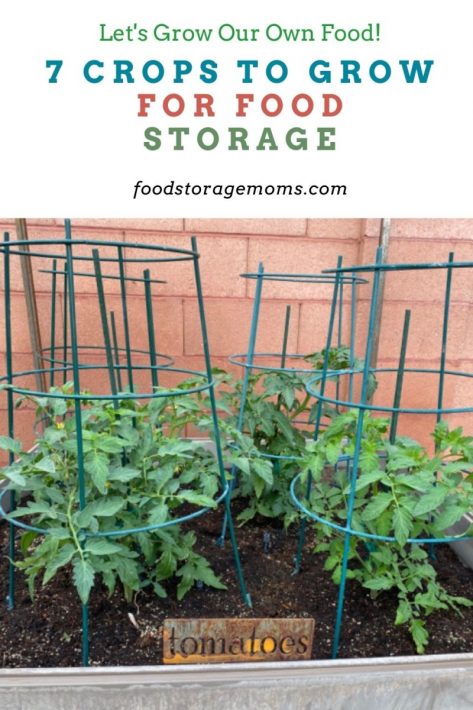
7 Crops To Grow For Food Storage
1. Garlic:
Garlic is a great addition to any garden when you want some flavorful ingredients for so many recipes.
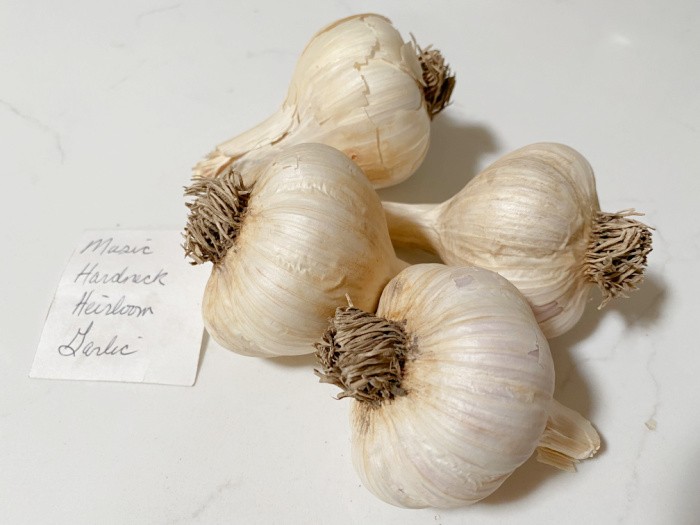
Garlic is a very forgiving vegetable. You need good soil and good drainage. My favorite place to order seed garlic: Non-Gmo Organic Seeds Be prepared for sticker shock when you see the prices of seed garlic. Just remember, after the first investment, you can save some of the larger bulbs for seed next year. If you plan correctly, you’ll always have seeds to plant year after year. Just buy right the first time.
Plant before the first frost and don’t ever wait for the hard freeze to arrive. It lies dormant over the winter and then pops up in the spring. Plant cloves 2 inches down, 5 inches apart. Cover with 5 inches of straw. Leave the straw on it in the spring. If you have a drought or just a dry season it will help keep moisture in the soil. Dig up carefully the last week of June. If a prediction of lots of rain is coming near harvest time, dig it up right before the rain starts. Sitting in water destroys the outer skins on the bulb and makes it hard to dig them up. Thank you, Jackie, for these tips and the freshly grown garlic.
Have we been taking for granted our food sources or the safety of how our food is grown? Are you as frustrated as I am? So, let’s plant the seeds or the plants that work in our community. It’s called being self-reliant, and we can do this, I promise.
2. Green Beans:
Green Beans are a healthy vegetable that provides lots of nutrients, including needed protein.
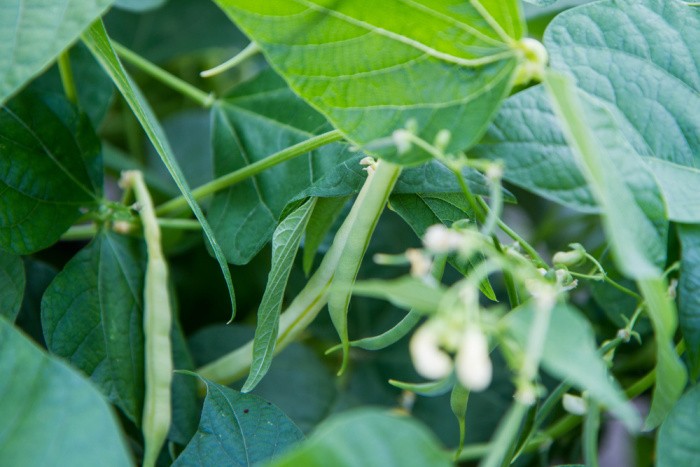
Green beans like composted rich soil with rotted manure. You plant the seeds 1-2 -inches deep and cover them with soil. Space the seeds in rows about 6-8 inches apart. I usually plant bush beans rather than pole beans since they’re easier for me to harvest and they grow a high volume of beans. Some people will build a small trellis for their pole beans, I haven’t done that.
Water immediately and keep regularly watering them until they begin to sprout. After they begin sprouting they need 1 to 1.5 inches of water each week. They need full sun, so plan accordingly where you’ll plant them. They grow best when the air temperatures are between 65 to 85 degrees.
When the green beans are the size of a pencil they are ready to harvest. They can toughen up very quickly, so check on them often so they’ll end up with the texture you want. You pick them by snapping them off at the vine.
Please remember, if you can stagger the plantings every 2 weeks or so, you can harvest green beans for weeks rather than all at once.
pH level for Green Beans: 6.0 to 6.2
3. Lettuce:
Lettuce has lots of fiber from roughage is a goal, you can’t go wrong with lettuce.
Butterhead Lettuce
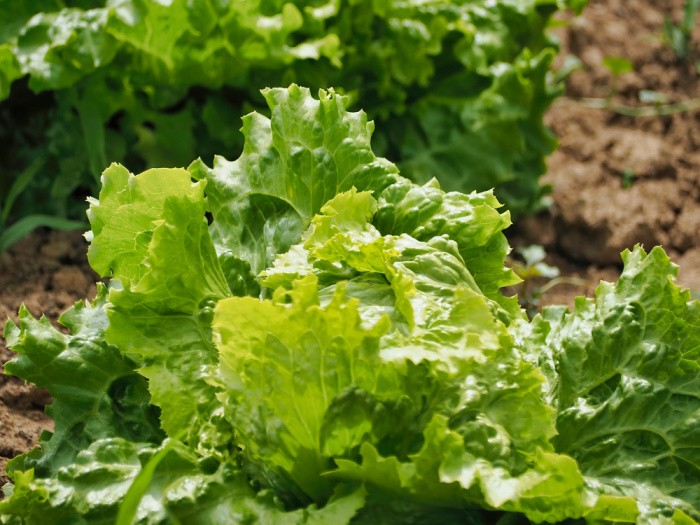
Lettuce is one of the easiest vegetables to grow. Once you start growing your own salad base, you’ll be hooked. The nice thing about lettuce is it can be grown in pots, raised garden beds, and even 5-gallon buckets with holes drilled in the bottom to drain the excess watering or rain. I’ve started to grow my lettuce indoors too. I love seeing the plants up close and enjoy cutting off enough for dinner as they grow and mature.
A wonderful product I can recommend to my readers is Aerogarden hydroponic growing units. You set them up indoors and watch the magic of growing things without soil. AeroGarden
This variety is popular because it grows a compact butterhead-type lettuce. This one is awesome because it grows higher off the ground, so the leaves don’t rot on the bottom.
Days to Maturity (ready to harvest): 55 days
Germination: 7-14 days
These seeds can be planted just about anywhere, in the ground, in pots, and in raised garden beds. Sow them thinly in the soil in rows 1 foot apart and plants 18 inches apart. They prefer the temperature to be 40-80 degrees. This variety prefers a pH level of 6.5 to 7.5.
They don’t like acidic soil. They like well-rotted manure and soil that is well-fertilized with high nitrogen fertilizer (10-8-4). Plant in early spring or late fall for the best harvest.
Romaine Lettuce
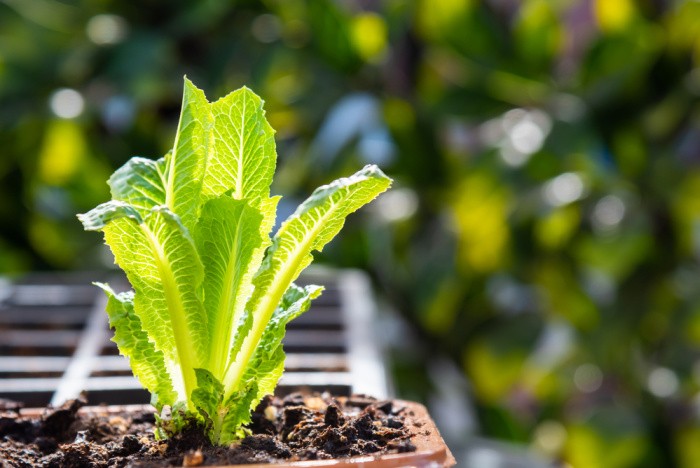
Romaine is typically my favorite lettuce because I love the flavor. They have large full-bodied heads with leaves that are mild and sweet. These plants grow about 10 inches tall. They are the most nutritious of all lettuce varieties.
Days to Maturity (ready to harvest): 80 days
Germination: 7-14 days
These seeds can be planted just about anywhere, in the ground, in pots, and in raised garden beds. Sow them thinly in the soil in rows 1 foot apart and plants 18 inches apart. They prefer the temperature to be 40-80 degrees. This variety prefers a pH level of 6.5 to 7.5.
They also don’t like acidic soil. Like other varieties, they like well-rotted manure and soil that is well-fertilized with high nitrogen fertilizer (10-8-4). Plant in early spring or late fall for the best harvest.
4. Onions:
Onions (and garlic) are great for meal prep when you want some savory flavor.
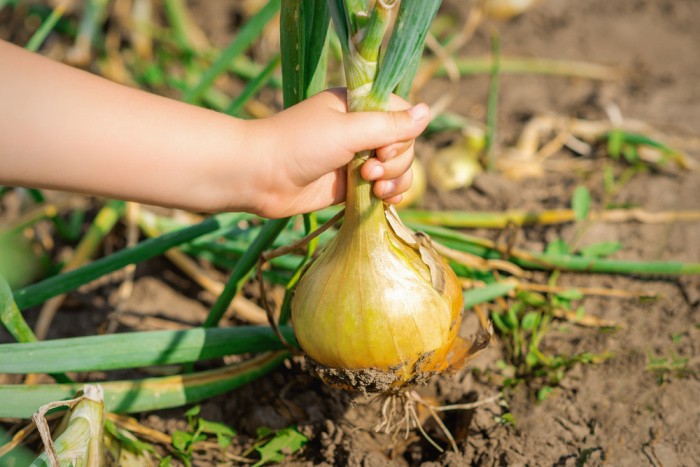
I like to wait until around March or April to plant onions because this seems to work the best for the results you want. The ground is warm and it’s not getting super cold anymore. Those onions of yours can’t grow without sun, so make sure you plant them in a location that has full sun! This may take some time to understand where is best to plant, but you’ll figure it out soon enough.
Another hint for watching onions grow is to not shade them with other plants. In other words, onions need their own space and shouldn’t be crowded with other plants. Bunching onions is NOT a good idea.
Onions Are a Leaf Crop
When someone thinks of spring onions, they think that they are more of a root crop. However, they’re more of a leaf crop. Onions should not be buried more than 1 inch under the soil.
After you’ve planted them an inch deep, there are some things you can do to help them grow. Onions can be planted from seeds, plants, or sets. The early spring is the best time to grow onions.
If you want big bulbs, the onions need to be fertilized. However, once the bulbs start getting bigger, you don’t want to continue fertilizing.
You may not think that onions need to be watered a lot, but they do. Onions from seeds need plenty of water. Whether you’re growing red onions or white onions, water is an important part of growing any plant. You can use your lawn clippings, composted leaves, and even sawdust to create good soil additions to keep the soil moist. If your soil is made mostly of sand it may prove difficult to hold the water well.
One inch of water a week is about what onions need to grow happy and healthy. A little trick to watering onions is that the more you water them, the sweeter they will be.
5. Spinach:
Spinach is a wonderful vegetable to use with so many recipes. I love salads with baby spinach!
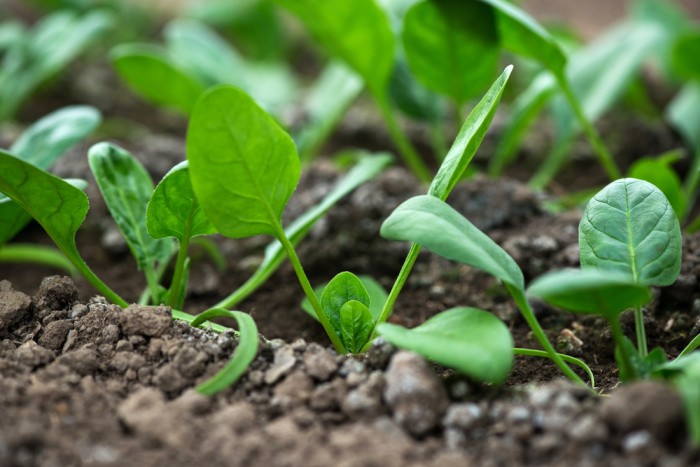
I always use seeds, I don’t bother with seedlings. The seeds work really well. You can plant the seeds about 4-6 weeks after the last frost in the spring.
If you plant some seeds every two weeks you will have spinach for weeks, if not months. I have had spinach sprout in the winter if we have a somewhat mild season.
- You’ll need to thin the spinach seedlings if you spread a few too many seeds when planting.
- They need about 12 inches between each row. There is nothing more exciting than when you watch for that first sprout. I love it!
- The plants like temperatures between 35-75 degrees.
- Once the heat hits here in my area, my planting days are over until late August or early September.
- Then I start a new batch every two weeks. This vegetable does well in full sun or partial shade. The seeds I buy mature in 40 days.
- Pots work well if you use the Miracle Grow Potting mix. They are great for apartments or very small yards.
6. Tomatoes:
Tomatoes are a versatile plant. They’re great in salads, sandwiches, pizza, salsa, and so much more!
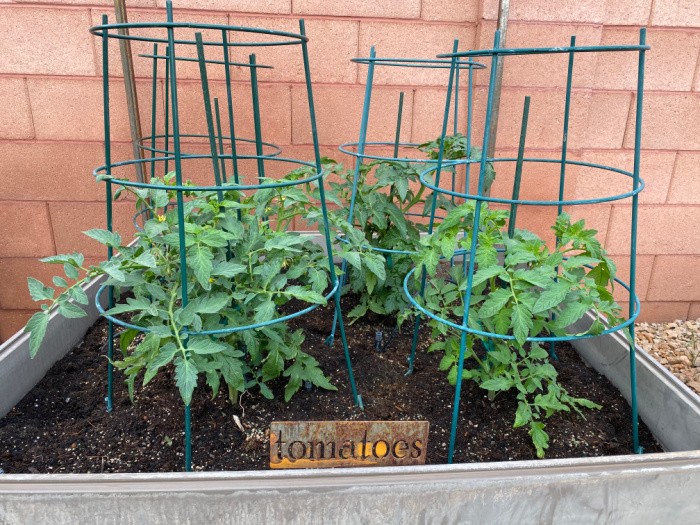
Let’s talk about tomato choices and how you plan to use the ones you want to grow and in what quantities. You have to decide if you’re just going to eat BLTs during the summer (my favorite sandwich), that’s awesome! If you want to make salsa, tomato juice, or spaghetti sauce you need to think about which tomatoes are best for those uses since they will require some larger quantities. Of course, those chosen have to be good for your area. I only know Utah, so I’ll share what I have done for years. These are 100% Heirloom/Non-Hybrid/Non-GMO tomatoes. I buy all my seeds from SeedsNow
Tomato Varieties:
The varieties listed here show the name, the typical size, the growing period, and some great options for how to best put them to use:
- Abraham Lincoln: 1 lb. heirloom, great for ketchup and tomato juice. Easy to grow and matures in 85 days.
- Beefsteak: large tomatoes, over 2 lbs. and easy to grow, great for slicers, and matures in 85 days.
- Bonnie’s Best: 6-8 ounce fruit, great for slicers or canning. Matures in 85 days.
- Marion: chefs prefer these crack-resistant tomatoes. Great for salads or sandwiches. Matures in 75 days.
- Pear: pear-shaped fruits that grow in clusters. Great for salads. Matures in 75 days.
- Homestead: a popular heirloom variety. They are good ones for canning, and they are great in a hot climate. They mature in 80 days.
- Mortgage Lifter: they produce large tomatoes, up to 2 lbs. Easy to grow and matures in 70 days.
- Money Maker: it’s one of the most reliable tomatoes you can grow. They grow up to 8 ounces in size. They are easy to grow and mature in 85 days.
The seedlings need the temperatures to be 70 degrees F during the day and 40 degrees F at night. Once the seedlings reach 4 inches tall, transplant them into larger containers or directly into the garden soil. Please plant them deeper than other vegetables. I’ve tried to follow the adage that tomatoes tend to do best when they have at least 18 inches for root growth.
Sweet Tomatoes need at least 8 hours of sunlight each day. Be sure and plant your seeds or seedlings in a location that will have at least this much sunlight. They also need at least 3 to 4 months of warm dry weather. Continue feeding your tomatoes throughout the season with organic compost. The temperatures at night should be 55 to 75 degrees F.
7. Zucchini:
Zucchini is such an easy plant to grow. You’ll probably end up giving some away they’re so prolific.
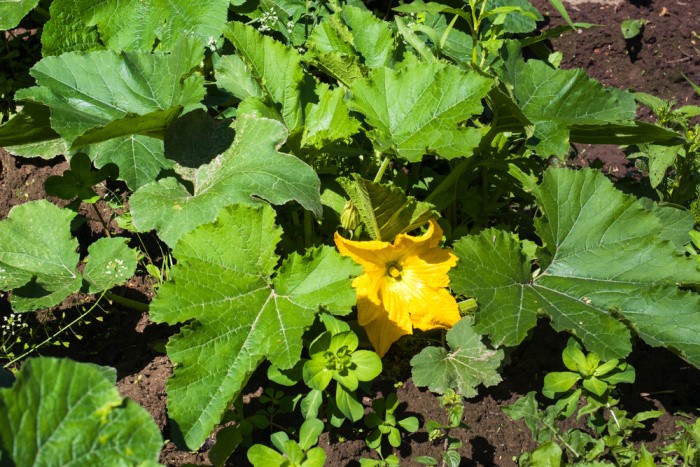
Summer Squash: zucchini, crookneck, and straight-neck (harvested in the summer before they reach maturity).
Winter Squash: pumpkins, butternut, spaghetti, and acorn squash (harvested in the autumn months after they reach maturity).
When you plant the seeds, test the soil to make sure it’s at least 60 degrees F. before you sow seeds. They need full sun exposure. They need loamy soil rich in nutrients. The soil must drain properly. Plant the seeds in hills (2-3 seeds each) one inch deep. Space them 2-3 feet apart. Thin as needed to produce the strongest plant. Use a cloche to keep the plants warm in case of cool weather. Mulch the plants to keep them moist and weed-free. When the first blooms appear, fertilize the plants.
Water deeply with at least one inch of water per week. The soil needs to be moist 4 inches down. If your blossom ends turn black and rot, then you have blossom rot. It’s usually caused by uneven moisture in the soil. It could be a calcium problem too. Water must be consistent and frequent for the fruit to produce. If the fruits are misshapen they may not have received enough water or fertilizer. Check for fruit you can pick daily, they grow faster than you may think.
pH level for Squash: 5.5-6.8
Are there other plants you should grow for your food storage?
You may want to try other plants for your garden that other readers have found work well as follows:
- Carrots
- Beets
- Green Peppers
- Herbs, like parsley, mint, and cilantro
- Potatoes, including sweet potatoes
- Parsnips
- Berries, including strawberries, raspberries, blueberries, and blackberries
- Other vegetables like turnips, corn, broccoli, brussels sprouts, swiss chard, cabbage, and cauliflower
Gardening Posts:
- Tips For Growing Sweet Tomatoes
- How To Plant Garlic Step-By-Step
- Lettuce: What Kind Should I Plant
- Easy Vegetables Anyone Can Grow
- How To Grow Squash
- Growing Spinach: Everything You Need To Know
Final Word
I hope you enjoyed my 7 crops to grow for food storage today. In today’s culture, not too many of us are geared to raising our food, particularly for storage. If you’ve been to the store lately, you’ve seen how much food prices have increased over the past few weeks. What better reason to raise your food, if not to save money?
With all the challenges we see in the global economy, having some food stored for emergencies makes even more sense. Don’t wait until later, the time is now. The more food we can produce the better off our family will be. Please keep stocking up, we must. May God Bless this world, Linda
Copyright Images: Romaine Lettuce Depositphotos_365203520_S by Amy K Mitchell, Growing Lettuce Depositphotos_532862850_S by Wirestock, Green Beans Depositphotos_389773304_S by teine26, Onions Depositphotos_379006500_S by Okskukuruza, Spinach Depositphotos_440851968_S by Dimitrova, Zucchini Depositphotos_287892434_S by Elenglush,


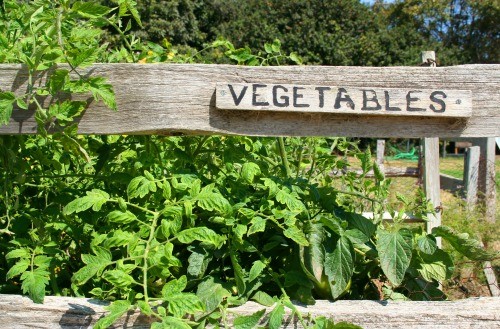
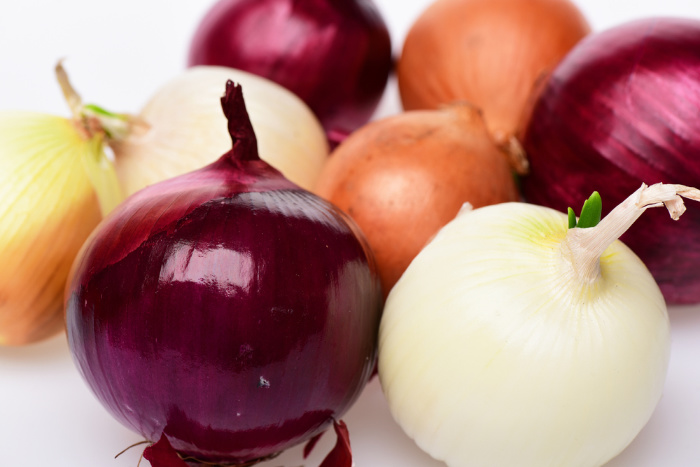
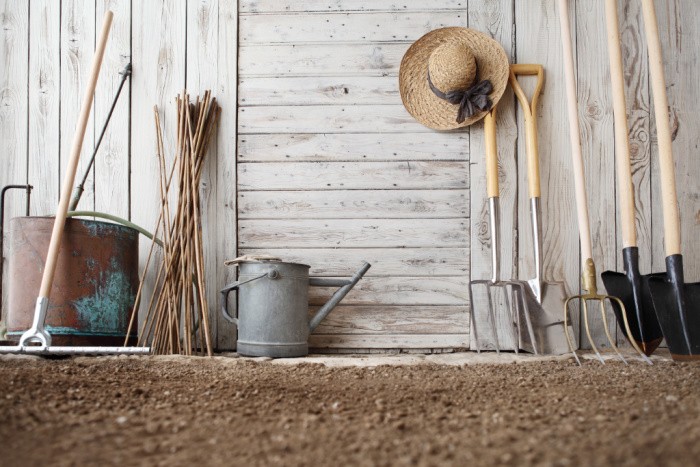
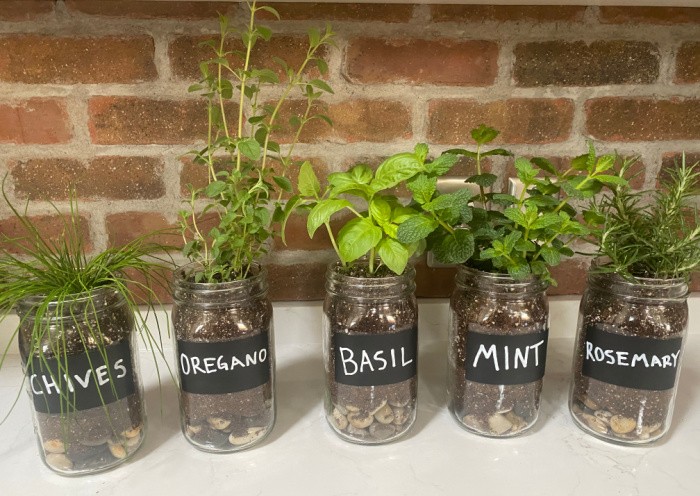
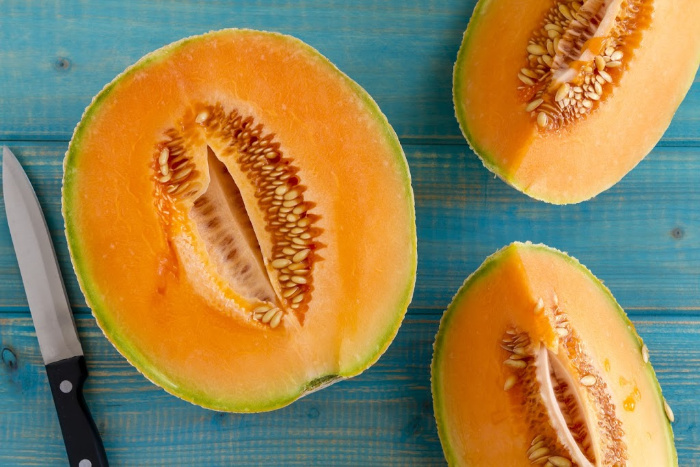
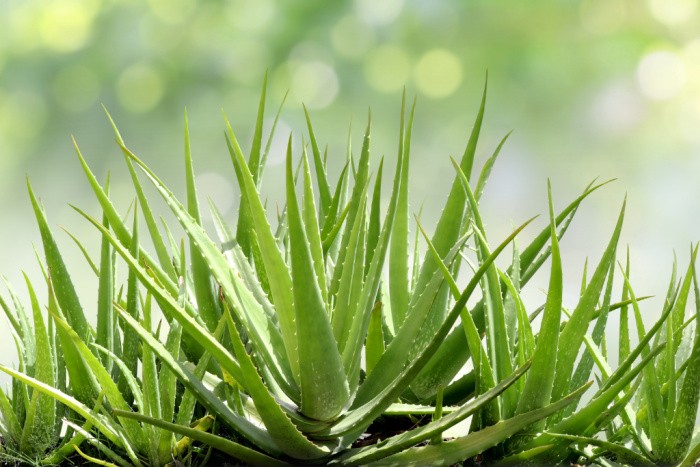











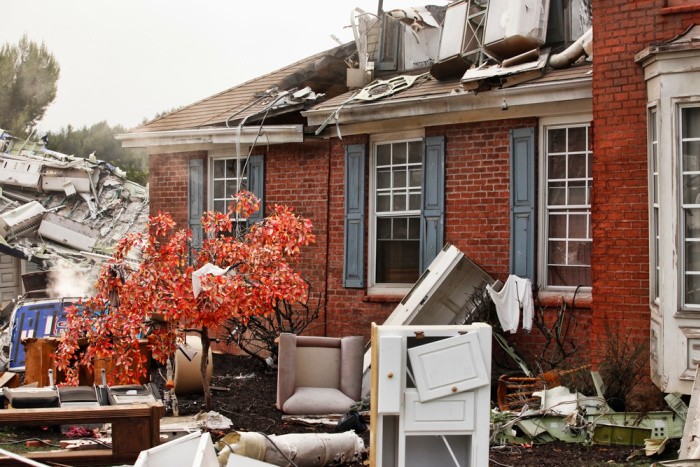


We only eat about 1-3% of the lettuce I grow. The rest is for the chickens as supplement. The bitter taste it gets in the summer doesn’t seem to bother them at all.
Hi Matt, yeah the summer heat makes the lettuce bitter. I hear you on that one. Linda
Hi Linda. I read/saw a YouTube video yesterday that said Butternut squash is a good item to grow, not only because they are good, but they store for a long time.
Hi Pam, oh you are so right! I love butternut squash! Great reminder! Linda
Hi Pam, we grow butternut squash. It’s versatile in that I can sweeten it up a bit like my sweet potato dish, but I prefer just butter and a little salt and pepper on the baked squash. So good! We ate our last one just this week and I can’t wait for the next crop.
Grew Butternut Squash last summer in NE GA……here it is April and they have kept like new inside the house as we have no basement here….just made roasted veggie with one again….still have one left that is still perfect….yes, they do keep extremely well.
Pam: AND they are super easy to freeze=dried sheets of butternut squash, too. All I do is bake them, scoop out the “flesh” and mash with a little bit of ginger (YUMMY!). Then the smashed squash gets flattened to produce a flat layer on the freese drier sheets and process them. Wa-Lah! So easy and so fantastic for almost instant butternut squash in a meal!
YOU probably want to wait to add the butter until it’s on the table, though, or as your rehydrating it. Fat in the freeze-drier can sometimes be a problem…
Linda, I gotta give you Big Kudos on this article and the growing advice. I know you do raised beds (mostly?), so I sort of giggled when I saw your tomato cages placed ‘upside down’ compared to how I use them. The prongs on some of my cages are over 2 ft! Green Beans? I use the ones that continually make more as beans are picked. A harvest that keeps on giving clear up to a hard frost. A person can do a lot of meals with your seven basics.. One of my staples not on your list is Peppers, both sweet and hot. Also easy to grow.
Hi Wendy, do you have the same tomato cages??? I love them, they have anchors to dig in the ground to keep them upright!! I would also add potatoes, peppers are awesome too! It’s funny how you think of things after it goes live! I love green beans too! Linda
Linda, I think at one point I had about 120 tomato cages, lol. The thicker metal rod ones tended to be shorter for specific tomato plants who didn’t get very tall but had heavy tomatoes. Other tomato plants used medium or tall sizes. Like, cherry tomatoes are lightweight but like to get tall so I’d use long prong, thin metal ones for these. Roma tomatoes used the medium metal weight, medium height cages. My rule of thumb was that the needed root depth was minimum half the height of a full grown plant. Oh, tomatoes produce more the deeper their roots are able to go. A few years I had 6 ft tall tomato plants! Yes, I had to set in more staking rods and even fencing of a sort between the cages/rods to support them. After this happened once, I planted my tomatoes in a maze grid just for fun for my kids. I do happen to have sandy soil so roots can and will grow deep. I added fertilizer from the top to feed the roots. Anyhoos, the spring of the pandemic, I sold a lot of my cages as I hadn’t been able to have a big garden for a few years anyway. My intent was Not to make a bunch of money from them but to not see them go to waste (yes, they can rust, fall apart). The ladies I sold them to were very grateful as there were none in the stores! I think I kept about 40? (The more pricey ones.) I sold mine for $1 each but easily could have charged more. It was kinda nice when some of these gardeners brought me tomatoes that summer!
Hi Wendy, that is so awesome another gardener could use them! Plus, they brought you tomatoes!! I love this!! Linda
We plant our pole beans between our stalks of corn. That way the beans, climb the corn. Easy.
Hi Janet, oh my gosh, I remember either doing this or seeing it in person. It’s been a long time since I planted corn. I love this! Linda
This summer, I’m going to try two different ‘heat-loving’ veggies–Malabar Spinach and I’Ito Onions. Having a very hot season that lasts from late May-September here in the desert SW, we have to do things differently in the summer, but our cool season veggies are generally great all winter long. Thank you, Linda, for your upbeat and positive, super-helpful blog. I’ve really enjoyed reading your posts! The Lord bless you and yours.
Hi Marcy, oh, thank you for your kind words. I have not heard of those heat-loving veggies! Thank you for sharing the varieties! I love gardening! Linda
Hi Linda:
We have some planters on the front and on one side of our house. I hope I will be able to plant some seeds in there without our neighbors cows bothering them. That is why we don’t usually don’t grow anything. The cows, bugs and other critters are what have kept us from planting things. That and we live in the dessert of New Mexico.
Hi Jackie, oh my gosh, the cows! That would be hard to deal with! We had bugs and critters as well in the desert! Heat is hard!! Linda
Love the post, but I’m struggling a little on how to store lettuce. The rest I completely understand growing for food storage. How does one go about storing lettuce long-term? 🙂
Hi Patrick, thank you for your kind words. I don’t know any way to store lettuce “long term”, it would be short term for me. I have an AeroGarden and grow lettuce year-round inside my home. Lettuce is still food storage, whether it is short or long term. I can keep it for 2 weeks easily using my FoodSaver in quart jars. The idea is to stagger the plantings so you always have lettuce at least once or twice a day for salads. I have seen people dehydrate it for smoothies, but I don’t care for the taste. Linda
Patrick, I am going to plant a big flower pot with one of the mixes that is cut, and regrows.. if you pick only the big leaves the young ones will continue to grow…. fertilize with water like for houseplants..put in a window.
Linda: Please explain what an aero garden is…? I some searches online, but it always came up with nothing OR came up with “Bad Gateway”! Please help!
Sorry for always mistyping my comments! I am really NOT illiterate, just not the best typist anymore at this age!
HI Jess, oh my goodness, no worries, my sweet friend. I meant to put the link in the post. https://www.foodstoragemoms.com/growing-fresh-lettuce-indoors/
Hi Jess, I’m so sorry, I just fixed the post. I love my Aero Gardens! Linda
More timely advice! There wasn’t a garden here before but after a year of watching where the sun hits I’m finally ready to fence out the relentless deer and get started. I would also recommend an asparagus bed and rhubarb. I’ve been enjoying fresh lettuce, basil and parsley from my Aerogarden for a couple of years now and will be growing tomatoes in 5 gallon hydroponic buckets in a small greenhouse this year.
HI Alice, oh I want to do tomatoes in 5-gallon hydroponic buckets!!! Please tell us how you are doing that. I won’t have a greenhouse but I would sure love one. Linda
I bought a small greenhouse kit for my balcony, it has a reinforced plastic cover with a zippered door and two small opening windows. I’m going to put a tarp zipper at one corner so when the door and that zipper are open I can roll up one whole side for extra ventilation. I had two buckets with tomatoes and a grow light in my old apartment. These are special purpose buckets with an aerator and a net cup lid. You put your tomato starter in the little basket in the lid and support it with clay pellets then it’s just a matter of providing the right nutrients and light. Once a month I changed the water in the bucket and added nutrients every two weeks. It’s cheaper to use the free sunlight I can get outside and I still have the nutrients so might as well use them up out there. There are all kinds of DIY hydroponic setups on YouTube, of varying complexity. I’ve got a min/max thermometer out there now to see when it will be a good time to start.
Hi Alice, oh my gosh, thank you for this information. I will be checking out how to make some. Linda
The hot weather crop i plant every year is OKRA…clemson spineless is an old variety as is Lousiana Velvet.. we dehydrate ti and use for snacks seasoned. or rehydrate and batter and fry.. /use in Creole.. to get it to come up- soak the seeds in warm buttermilk or warm water for an hour and plant.. if you get too close together they transplant easily. they will bear til frost. and are to pick often. like heavy nitrogen fertilizer.
Hi Denise, thank you for sharing your tips with all of us! I have never grown OKRA, thank you!! Linda